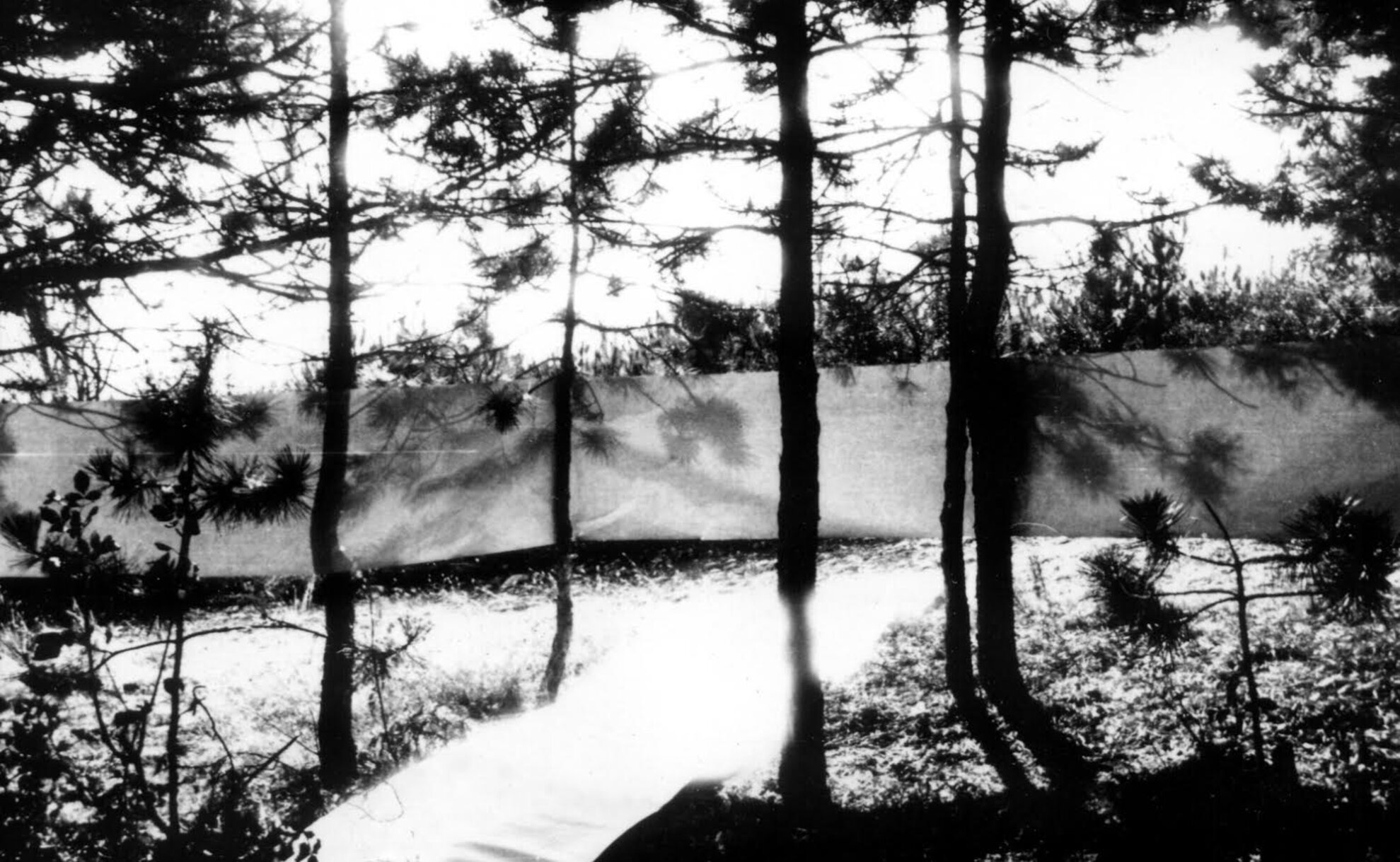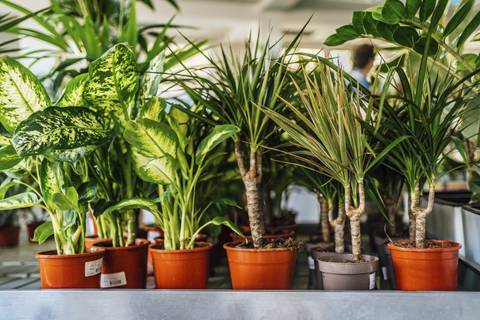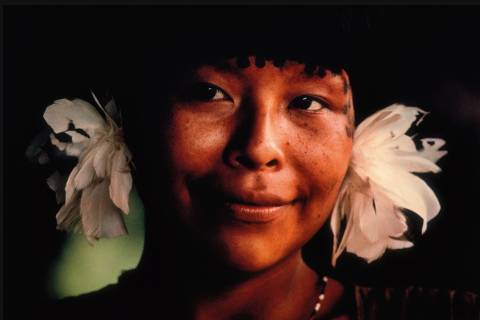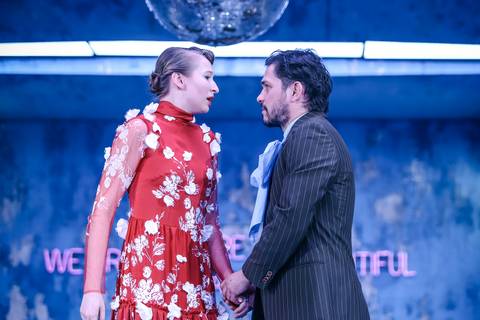This temporary
exhibition
at Budapest’s contemporary
Ludwig Museum
aims to present the activities and emphasize the significance of a neo-Avant-Garde artistic group that used to mainly exist on the periphery of the Hungarian art scene. The group’s five members – Ferenc Ficzek (1947-1987), Károly Halász (1946-2016), Károly Kismányoky (1943), Sándor Pinczehelyi (1946), and Kálmán Szijártó (1946) – were all part of this loosely formed community of artists in the ’60s, while in the ’70s they joined forces to renew Constructivist and Avant-Garde traditions, as well as to develop a new visual language and a fresh visual culture.
A main characteristic of Hungarian neo-Avant-Garde is that it primarily unfolded in the cultural scene of rural cities in the ’60s and ’70s, and while keeping close contact with artists based in Budapest, the contemporary artistic scene was enriched with new ideas.
Besides presenting significant artworks of the decade from geometric endeavors to landscape planning to conceptual artworks to motion pictures, this exhibit also focuses on collecting and featuring contemporary archived documents, exhibition catalogues, correspondences, and collected reflections.
More details

Culture
Parallel Avant-Garde – Pécs Workshop 1968–1980
Event details
Ludwig Múzeum Shop Ludwig Múzeum Shop Facebook Website Friday, 14 April 2017 10.00am - Sunday, 25 June 2017 12.00am



